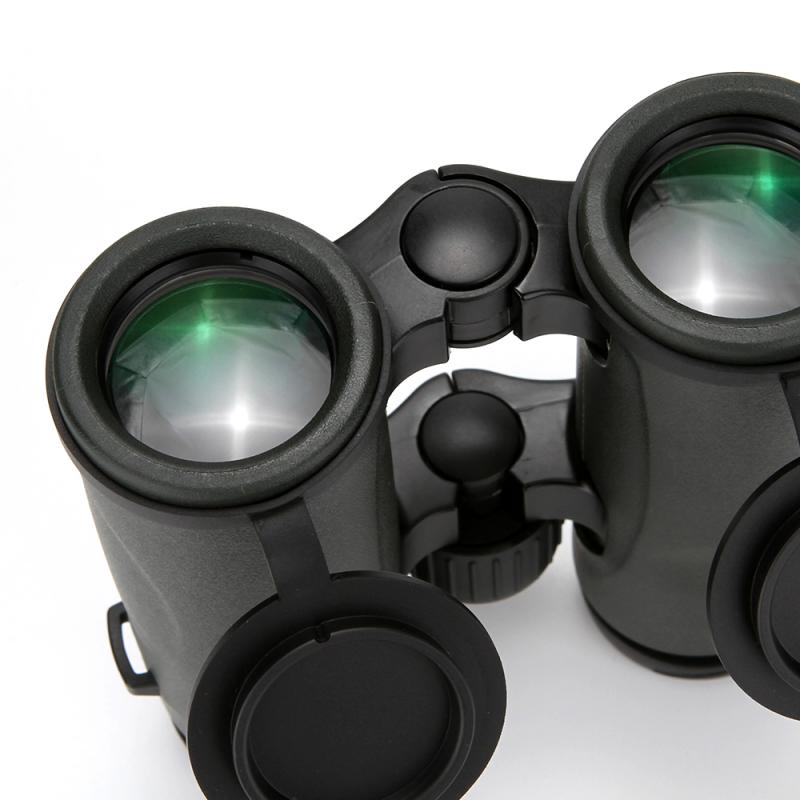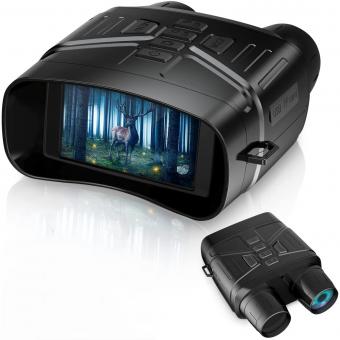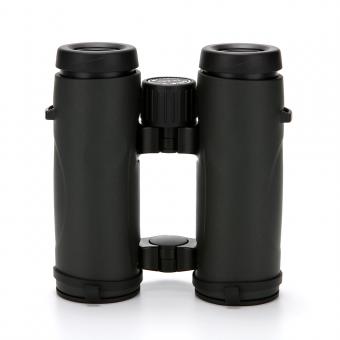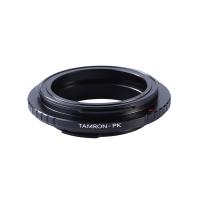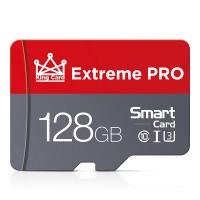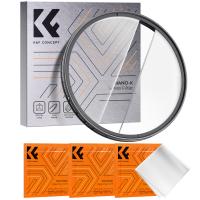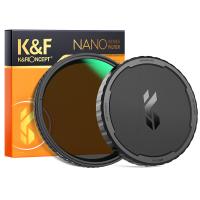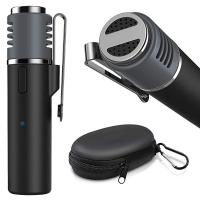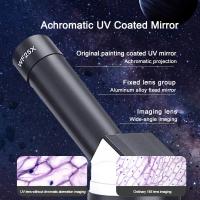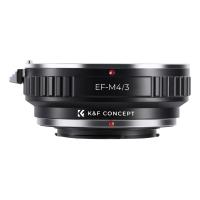Are 10x42 Binoculars Good For Stargazing ?
Yes, 10x42 binoculars can be good for stargazing. They offer a magnification of 10x, which allows you to see celestial objects in more detail. The 42mm objective lens diameter provides a decent amount of light gathering capability, which is important for observing faint objects in the night sky. However, it's worth noting that for serious stargazing, dedicated astronomical telescopes are generally preferred as they offer higher magnification and better image quality. Binoculars can still be a convenient and portable option for casual stargazing or for observing larger celestial objects like the Moon or bright planets.
1、 Magnification: 10x
Yes, 10x42 binoculars can be good for stargazing. The magnification of 10x means that objects will appear 10 times closer than they would to the naked eye. This can be beneficial for observing celestial objects such as the moon, planets, and star clusters.
The 42mm objective lens diameter is also a good size for stargazing. It allows for a decent amount of light to enter the binoculars, resulting in brighter and clearer images. This is particularly important when observing faint objects in the night sky.
However, it is important to note that while 10x42 binoculars can be suitable for stargazing, they may not provide the same level of detail as higher magnification binoculars or telescopes. If you are looking to observe more intricate features on celestial objects, such as the rings of Saturn or the craters on the moon, you may want to consider higher magnification options.
Additionally, the stability of the binoculars is crucial for stargazing. Higher magnification can amplify hand movements, making it difficult to maintain a steady view. Using a tripod or stabilizing the binoculars against a solid surface can greatly enhance the viewing experience.
In conclusion, 10x42 binoculars can be a good choice for stargazing, especially for beginners or casual observers. They offer a good balance between magnification and light-gathering capabilities. However, for more detailed observations, higher magnification binoculars or telescopes may be more suitable.
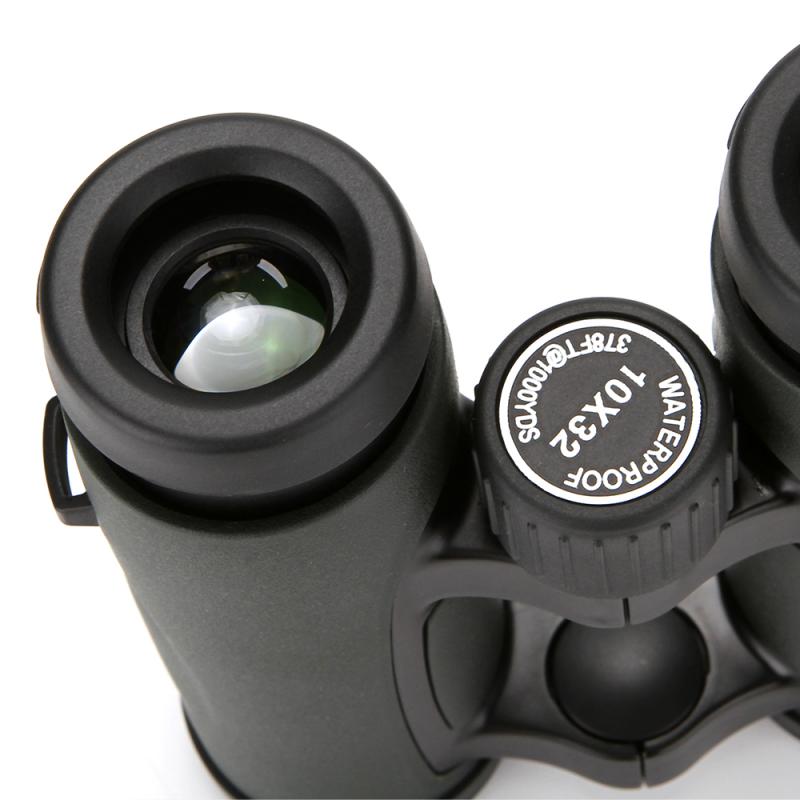
2、 Objective Lens Diameter: 42mm
Yes, 10x42 binoculars can be good for stargazing. The objective lens diameter of 42mm allows for a decent amount of light to enter the binoculars, which is important for observing celestial objects in the night sky.
The 10x magnification power means that objects will appear 10 times closer than they would to the naked eye. This can be beneficial for stargazing as it allows you to see more detail and observe fainter objects that may not be visible to the naked eye alone.
However, it is important to note that while 10x42 binoculars can be suitable for stargazing, they may not be the best option for all situations. If you are looking to observe very faint or distant objects, such as deep-sky objects like galaxies or nebulae, you may benefit from higher magnification binoculars or even a telescope.
Additionally, the quality of the binoculars themselves can greatly impact their performance for stargazing. Factors such as lens coatings, build quality, and overall optical design can affect the clarity, brightness, and contrast of the images you see through the binoculars.
In recent years, there have been advancements in binocular technology, such as the development of image-stabilized binoculars, which can greatly enhance the viewing experience for stargazers. These binoculars use gyroscopes or other mechanisms to stabilize the image, reducing hand shake and allowing for more steady and detailed observations.
In conclusion, 10x42 binoculars can be good for stargazing, especially for general observations of celestial objects. However, the specific needs and preferences of the stargazer should be taken into consideration, and it is always recommended to try out different binoculars or seek expert advice before making a purchase.
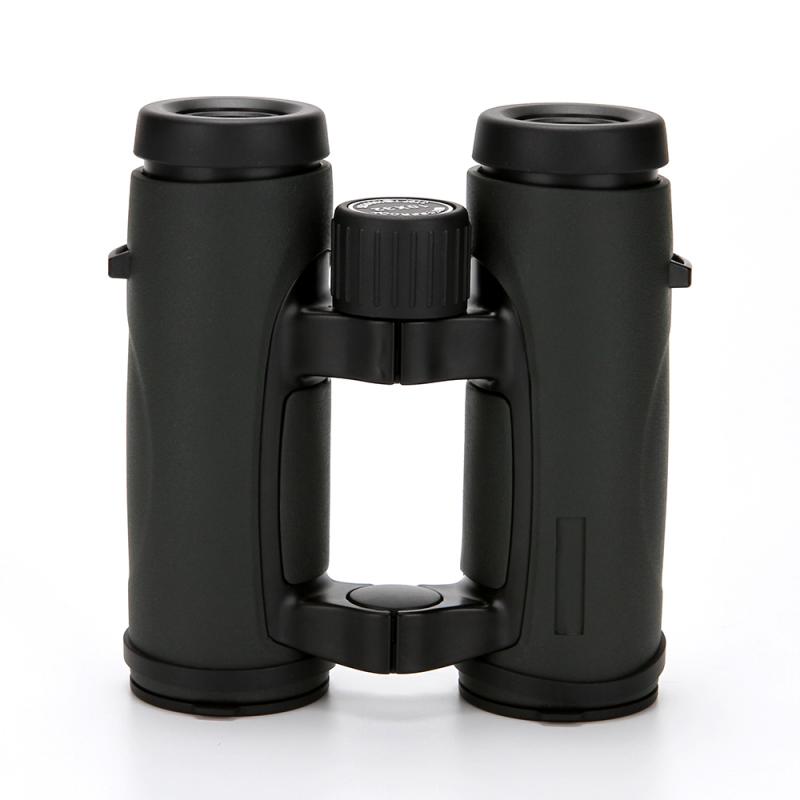
3、 Field of View: Considerations for stargazing
Field of View: Considerations for stargazing
When it comes to stargazing, the field of view is an important factor to consider when choosing binoculars. The field of view refers to the width of the area that can be seen through the binoculars at a specific distance. A wider field of view allows for a larger portion of the night sky to be observed, making it easier to locate and track celestial objects.
In the case of 10x42 binoculars, the first number (10x) refers to the magnification power, while the second number (42) represents the diameter of the objective lens in millimeters. These binoculars offer a magnification of 10 times, meaning that objects will appear ten times closer than they would to the naked eye. The 42mm objective lens diameter allows for a good amount of light to enter the binoculars, resulting in brighter and clearer images.
However, the field of view of 10x42 binoculars may not be ideal for stargazing. The higher magnification power narrows the field of view, making it more challenging to locate and track celestial objects. Additionally, the narrower field of view can make it difficult to observe larger objects such as star clusters or the Milky Way.
For stargazing purposes, binoculars with a lower magnification power and wider field of view are generally recommended. Binoculars with a magnification of 7x or 8x and an objective lens diameter of 42mm or larger are often considered more suitable for stargazing. These specifications provide a wider field of view, allowing for easier navigation of the night sky and better observation of celestial objects.
It's worth noting that personal preferences and observing conditions can also play a role in determining the suitability of binoculars for stargazing. Some individuals may find 10x42 binoculars adequate for their stargazing needs, especially if they prioritize observing smaller objects or have steady hands for extended viewing periods.
In conclusion, while 10x42 binoculars can be used for stargazing, their narrower field of view may make it more challenging to locate and observe celestial objects compared to binoculars with lower magnification and wider field of view.
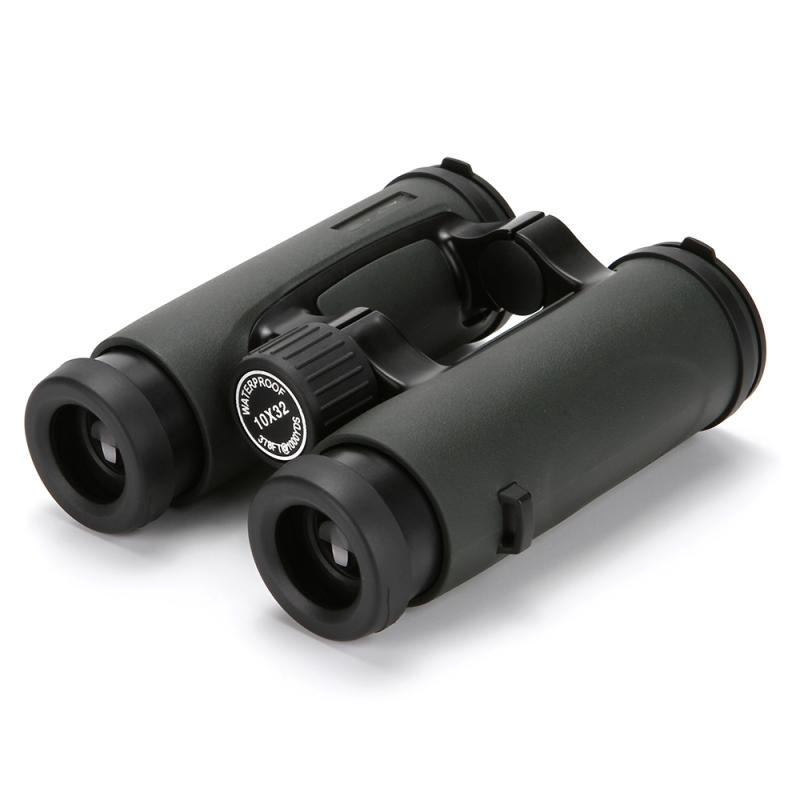
4、 Low Light Performance: Evaluating binoculars for stargazing
Low Light Performance: Evaluating binoculars for stargazing
When it comes to stargazing, one of the most important factors to consider in binoculars is their low light performance. This refers to how well the binoculars gather and transmit light, allowing you to see celestial objects in dark conditions.
In general, 10x42 binoculars can be a good choice for stargazing. The 10x magnification provides a decent level of detail, allowing you to observe celestial objects such as the moon, planets, and star clusters with clarity. The 42mm objective lens diameter allows for a good amount of light to enter the binoculars, enhancing their low light performance.
However, it is important to note that while 10x42 binoculars can be suitable for stargazing, they may not be the best option for all situations. If you are primarily interested in observing faint deep-sky objects like galaxies and nebulae, you may want to consider binoculars with larger objective lenses, such as 15x70 or 20x80. These larger lenses can gather more light, resulting in better visibility of dim objects in the night sky.
Additionally, factors such as the quality of the optics, lens coatings, and overall build quality of the binoculars can also impact their low light performance. It is recommended to choose binoculars from reputable brands that specialize in astronomy optics, as they often incorporate advanced technologies to optimize low light performance.
In conclusion, while 10x42 binoculars can be good for stargazing, the specific requirements of your stargazing activities and the quality of the binoculars should be taken into consideration. If you are primarily interested in observing faint deep-sky objects, you may want to consider larger objective lenses for better low light performance.
